Essential guide: Our expectations
The word MUST means it is a mandatory requirement. Where you see the words YOUR CALL it means you are strongly advised to do this, but you can use your judgement.
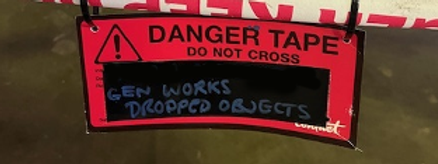
During erection
All scaffolds being erected or dismantled MUST have a physical exclusion zone in place to isolate all areas beneath the work area.
Important resources
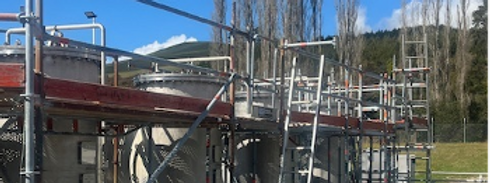
Kick boards
Kick boards MUST be installed on all sides of scaffold platforms where work is to be conducted, except for access entry points and around pipes where it is not practical to do so.
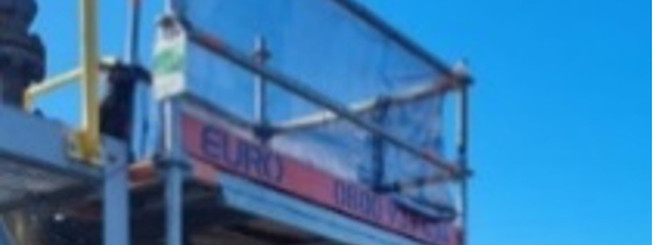
Scrim Netting
Scrim netting MUST be used to help prevent dropped objects unless a risk assessment has deemed it unnecessary.
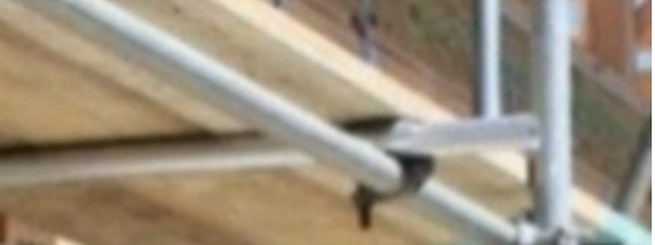
Wooden planks and lap boards
Lashing or other methods of securing planks and boards MUST be used and ensure there are no gaps between boards to prevent dropped objects.
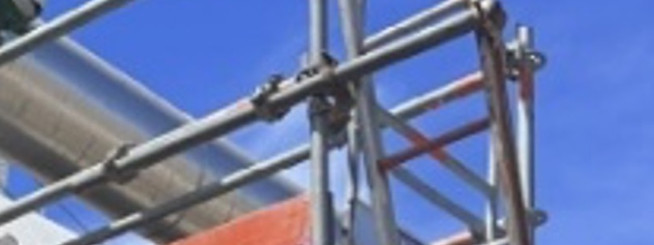
Ladders secured with two connection points
Putlogs MUST be used to secure ladder in two places to prevent twisting of the ladder during use.
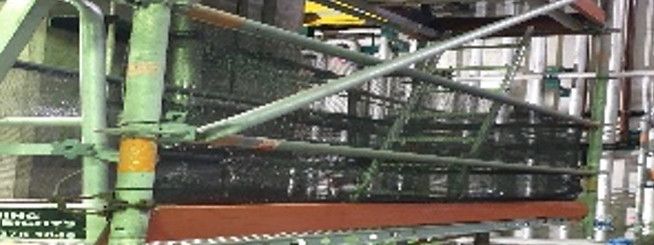
Handrails
All scaffold structures MUST have at least one metre high handrails.
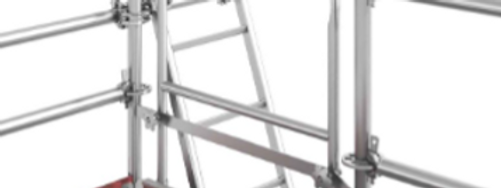
Inward opening, self-closing gates
For transitions between ladders and scaffold platforms there MUST be inward opening, spring loaded self-closing gates.
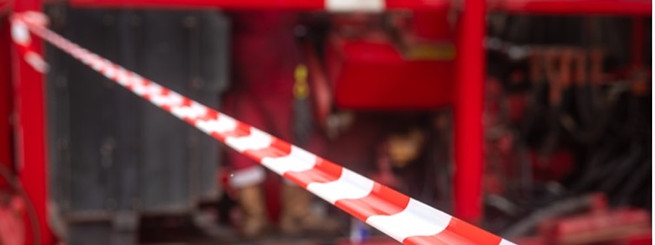
Exclusion zones
There MUST be an exclusion zone when a scaffold is in operation if there is danger of dropped objects.
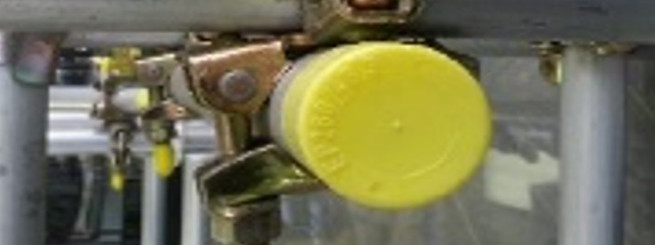
Capping on exposed ends
Where there is a risk of injury from exposed scaffold pipe ends, there MUST be suitable covering applied to protect people from injury.
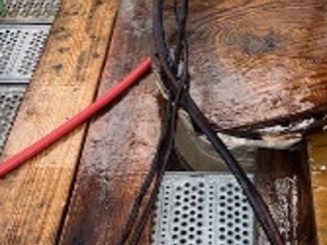
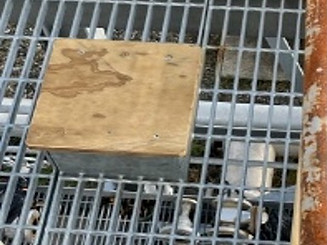
Coverings around pipe and vessel openings
Gaps MUST be filled anywhere where they exist, often around where pipes and valves have been removed. Gaps can be covered with plywood or other appropriate coverings. The covering MUST be strong enough to hold tools and/or people depending on the location.

Belly strop stillage before lifting/craning
Ensure stillages or pallets of scaffolding are belly stropped and secured to the stillage or pallet before lifting commences.
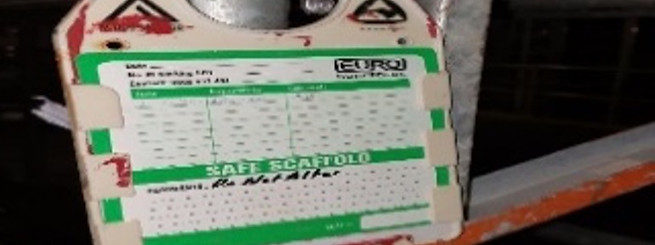
Scaff tags and competencies
All scaffold structures MUST be checked and signed off weekly by a suitably qualified scaffolder.
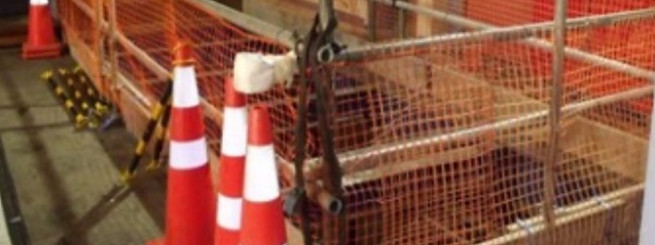
Open holes that present a fall risk
Where there is an open hole, there MUST be a suitable scaffold structure built surrounding the area with two rails. The top rail shall be no less than one metre high and kickboards shall be fitted at the base and scrim mesh shall be attached to rails.
Check the load rating
Where there is an open hole, there MUST be a suitable scaffold structure built surrounding the area with two rails. The top rail shall be no less than one metre high and kickboards shall be fitted at the base and scrim mesh shall be attached to rails.